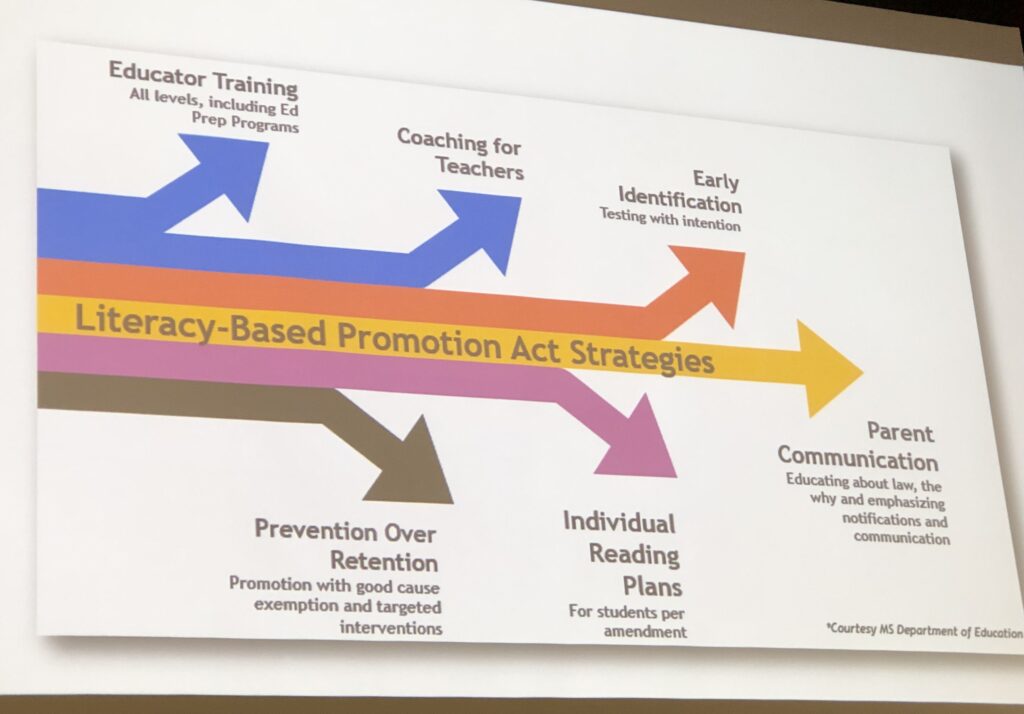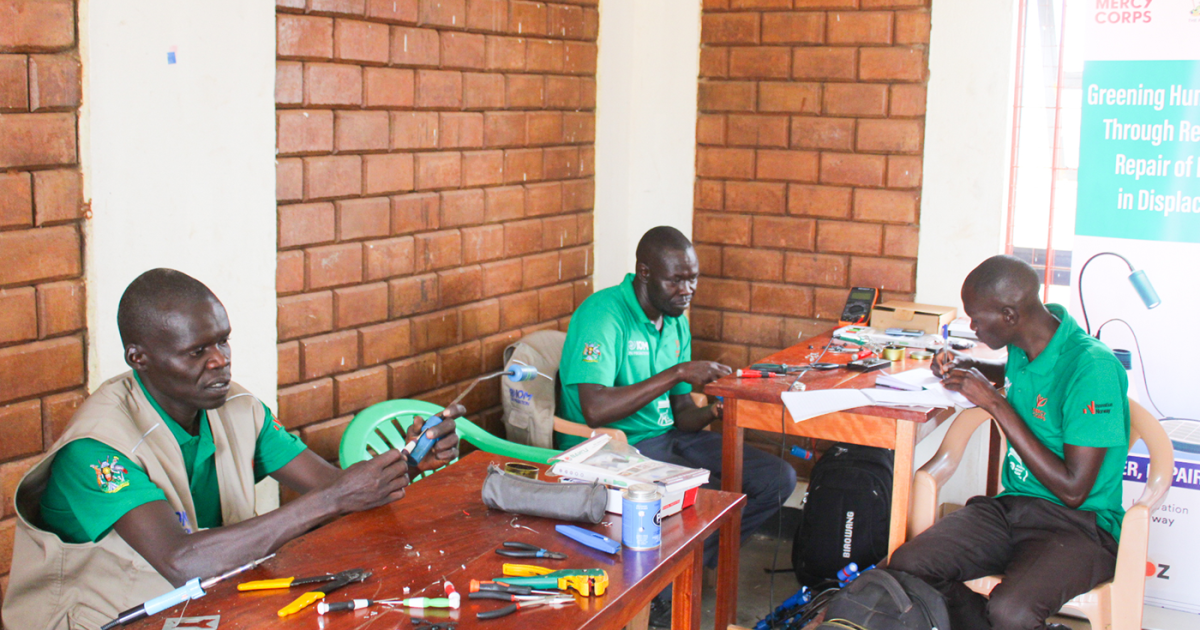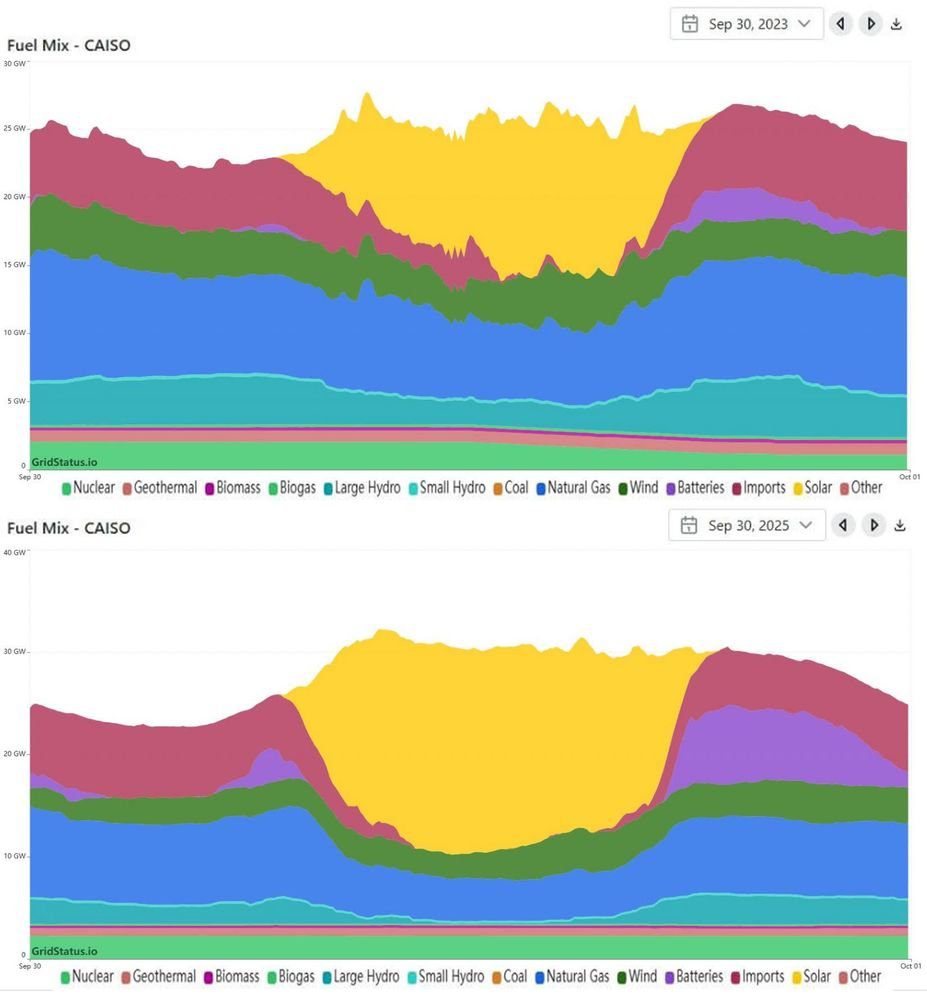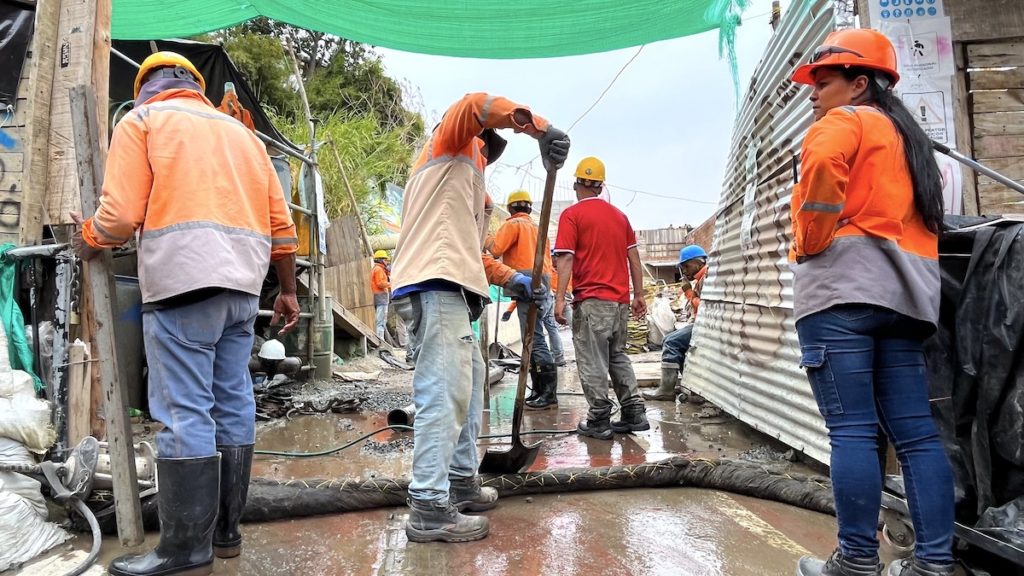An Early Bird summer summary – EdNC

Report on Recent Developments in North Carolina Early Childhood Education and Care
Introduction: June-August 2025
This report provides a summary of significant policy, legislative, and resource developments in North Carolina’s early childhood sector between June and August 2025. The events detailed herein have direct implications for the state’s progress toward several United Nations Sustainable Development Goals (SDGs), particularly those concerning quality education, decent work, gender equality, and reduced inequalities.
State-Level Policy and Legislative Updates
North Carolina Task Force on Child Care and Early Education
The North Carolina Task Force on Child Care and Early Education continues its work to address the state’s child care crisis, a critical effort for achieving SDG 4 (Quality Education). In late June 2025, the Task Force released its interim report, presenting key findings and initial recommendations. Following this, the group convened on August 4, 2025, to establish focused work groups. These groups will concentrate on specific areas ahead of the next full meeting on October 6.
- Workforce Compensation and Supports: Addressing the need for fair pay and professional support for educators, which is crucial for SDG 8 (Decent Work and Economic Growth).
- Finance and Funding: Exploring sustainable models to fund early childhood education, a key component for building resilient infrastructure.
- Child Care and Early Education for Public Sector Workers: Focusing on solutions for a specific segment of the workforce.
Legislative Actions and Budgetary Allocations
The North Carolina General Assembly passed legislation that alters regulations for child care programs. The new law, signed by Governor Stein, loosens staffing requirements and teacher credential requirements. According to the North Carolina Licensed Child Care Association (NCLCCA), these regulatory reforms were proposed as a measure to reduce costs in the absence of new state investment. This development presents a potential conflict with the objectives of SDG 4 (Quality Education), as it may impact program quality.
Furthermore, the mini-budget passed by the legislature during the summer did not allocate additional funding for early childhood care and education. This lack of investment poses a significant challenge to advancing SDG 8 by failing to improve educator wages and hinders progress on SDG 5 (Gender Equality) by limiting the availability of affordable care that enables women’s workforce participation.
New Resources and Initiatives Supporting Early Childhood Development
Data-Driven Planning to Reduce Inequalities
In July, Child Care Resources Inc. (CCRI) launched the interactive North Carolina Child Care Map. This tool is designed to provide hyper-local data to help leaders and stakeholders identify child care gaps across the state. By enabling a more precise understanding of socio-economic factors affecting access, the map is a vital instrument for optimizing resource allocation and advancing SDG 10 (Reduced Inequalities).
Local and Foundational Initiatives
Several other initiatives have been launched to bolster the early childhood ecosystem, aligning with multiple SDGs.
- Substitute Teacher Pool: A new centralized substitute teacher pool was established in New Hanover County through a private grant. This initiative directly supports SDG 4 by enhancing workforce stability and ensuring continuity of care and education.
- Literacy Briefs: The NC Early Childhood Foundation is publishing a series of briefs on implementing the science of reading. This work contributes directly to improving instructional quality and achieving the targets of SDG 4.
- Lessons from the Military: Stakeholders are examining the U.S. military’s child care system as a potential model for solving the state’s crisis, offering a systems-level approach to providing quality, affordable care that supports a working population, relevant to SDG 4 and SDG 8.
- Promoting Positive Childhood Experiences: The North Carolina Institute of Medicine (NCIOM) released 15 recommendations to foster positive experiences for children, an effort that supports SDG 3 (Good Health and Well-being) and SDG 4.
Alignment with Sustainable Development Goals (SDGs)
The recent activities in North Carolina’s early childhood sector highlight both progress and significant challenges in achieving key SDGs.
SDG 4: Quality Education
Efforts by the Task Force and the creation of new educational resources demonstrate a commitment to Target 4.2 (ensuring access to quality early childhood development). However, legislative actions that loosen teacher requirements and the continued lack of substantial public investment threaten to undermine the quality of this education.
SDG 8: Decent Work and Economic Growth
The recognition of child care as “necessary infrastructure” by state leaders underscores its importance to the economy. The Task Force’s focus on workforce compensation is a direct attempt to address the need for decent work for educators. Yet, without new funding, improving wages and professionalizing the field remains a formidable challenge, impeding progress toward SDG 8.
SDG 5 & 10: Gender Equality and Reduced Inequalities
The child care crisis disproportionately affects women, making affordable and accessible care a prerequisite for SDG 5. Tools like the new NC Child Care Map are critical for advancing SDG 10 by enabling targeted interventions to close access gaps for underserved communities. The overall stability and affordability of the child care system are intrinsically linked to achieving a more equitable society.
1. Which SDGs are addressed or connected to the issues highlighted in the article?
-
SDG 3: Good Health and Well-being
The article mentions the release of a toolkit by the N.C. Department of Health and Human Services (NCDHHS) with information about childhood vaccines, directly connecting to health outcomes for young children.
-
SDG 4: Quality Education
This is the central theme of the article. It discusses early childhood education, teacher credentials, staffing requirements, literacy briefs (“science of reading”), and creating effective classroom environments. The North Carolina Task Force on Child Care and Early Education is focused entirely on this issue.
-
SDG 5: Gender Equality
By framing child care as “necessary infrastructure,” the article touches upon a key enabler for parental, and often maternal, workforce participation. Accessible child care is crucial for reducing the burden of unpaid care work, which disproportionately affects women.
-
SDG 8: Decent Work and Economic Growth
The article highlights the formation of a work group to focus on “workforce compensation and supports” for early childhood educators. It also discusses how child care enables parents to work, supporting broader economic growth.
-
SDG 10: Reduced Inequalities
The launch of the “interactive North Carolina Child Care Map” is explicitly designed to reveal “child care gaps” and enhance understanding of “socio-economic factors affecting child care accessibility,” aiming to help stakeholders identify and address inequalities in access to early childhood education.
-
SDG 17: Partnerships for the Goals
The article is built around the collaborative efforts of various entities. It describes the work of a public task force, a non-profit (Child Care Resources Inc.), private funders (“The Leon Levine Foundation”), and foundations (“NC Early Childhood Foundation”), all working together to address the child care crisis.
2. What specific targets under those SDGs can be identified based on the article’s content?
-
SDG 4: Quality Education
- Target 4.2: By 2030, ensure that all girls and boys have access to quality early childhood development, care and pre-primary education. The entire article focuses on the challenges and initiatives in North Carolina related to providing early childhood care and education, including the work of the state task force and the creation of a map to identify access gaps.
- Target 4.c: By 2030, substantially increase the supply of qualified teachers. The article directly addresses this by discussing legislation that “loosens staffing requirements for programs and credential requirements for teachers,” as well as the creation of a “centralized substitute pool” and a focus on “workforce compensation and supports.”
-
SDG 8: Decent Work and Economic Growth
- Target 8.5: By 2030, achieve full and productive employment and decent work for all women and men… and equal pay for work of equal value. The task force’s focus on “workforce compensation and supports” for early childhood educators directly relates to achieving decent work and fair pay in this sector. Providing child care is also presented as essential infrastructure that allows parents to maintain employment.
-
SDG 3: Good Health and Well-being
- Target 3.8: Achieve universal health coverage, including… access to safe, effective, quality and affordable essential medicines and vaccines for all. The mention of the “NCDHHS releases toolkit with information about childhood vaccines” is a direct action to support this target by promoting vaccine uptake among children.
-
SDG 10: Reduced Inequalities
- Target 10.2: By 2030, empower and promote the social, economic and political inclusion of all… The new “interactive North Carolina Child Care Map” is a tool designed to achieve this by identifying “areas in urgent need of attention” regarding child care access, thereby helping to reduce inequalities based on geography and socio-economic status.
-
SDG 17: Partnerships for the Goals
- Target 17.17: Encourage and promote effective public, public-private and civil society partnerships. The article showcases this target in action through the collaboration between the state government’s “Task Force on Child Care and Early Education,” non-profits like “Child Care Resources Inc. (CCRI),” and private funders like “The Leon Levine Foundation” and a “private funder” in New Hanover County.
3. Are there any indicators mentioned or implied in the article that can be used to measure progress towards the identified targets?
-
For Target 4.2 (Access to early childhood education):
- Implied Indicator: The “interactive North Carolina Child Care Map” is a tool designed to measure and visualize data related to child care access. An indicator derived from this would be the rate of child care availability or the number/location of “child care gaps” across the state, particularly at the “hyper-local” level.
-
For Target 4.c (Supply of qualified teachers):
- Mentioned Indicator: The article discusses “credential requirements for teachers” and legislation that loosens them. This directly points to the indicator of the proportion of teachers with minimum required qualifications. The creation of a “substitute teacher… pool” is another measurable action to address teacher supply.
-
For Target 8.5 (Decent work):
- Implied Indicator: The focus on “workforce compensation and supports” implies the need to measure the average wages and benefits of early childhood educators against a living wage or in comparison to other education professionals.
-
For Target 10.2 (Reduced inequalities):
- Implied Indicator: The interactive map is designed to reveal gaps based on “socio-economic factors affecting child care accessibility.” An indicator would be the disparity in child care access between high- and low-income neighborhoods, which the map aims to quantify.
-
For Target 17.17 (Partnerships):
- Mentioned Indicator: The existence and outputs of the partnerships are themselves indicators. This includes the number of public-private-civil society partnerships active in the early childhood sector and the release of joint reports, such as the “interim report” from the North Carolina Task Force.
4. Table of SDGs, Targets, and Indicators
| SDGs | Targets | Indicators |
|---|---|---|
| SDG 4: Quality Education | 4.2: Ensure access to quality early childhood development, care and pre-primary education.
4.c: Substantially increase the supply of qualified teachers. |
Rate of child care availability and identification of “child care gaps” (via the interactive map).
Proportion of teachers with minimum required qualifications (as affected by new legislation). |
| SDG 8: Decent Work and Economic Growth | 8.5: Achieve full and productive employment and decent work for all. | Average wages and benefits for early childhood educators (implied by the focus on “workforce compensation”). |
| SDG 3: Good Health and Well-being | 3.8: Achieve universal health coverage, including access to vaccines. | Actions to promote childhood vaccination (e.g., release of the NCDHHS toolkit). |
| SDG 10: Reduced Inequalities | 10.2: Empower and promote the social and economic inclusion of all. | Disparity in child care access across different socio-economic areas (measured by the interactive map). |
| SDG 17: Partnerships for the Goals | 17.17: Encourage and promote effective public, public-private and civil society partnerships. | Number and outputs of active partnerships (e.g., the Task Force, CCRI, private funders). |
Source: ednc.org

What is Your Reaction?
 Like
0
Like
0
 Dislike
0
Dislike
0
 Love
0
Love
0
 Funny
0
Funny
0
 Angry
0
Angry
0
 Sad
0
Sad
0
 Wow
0
Wow
0















;Resize=805#)






























































